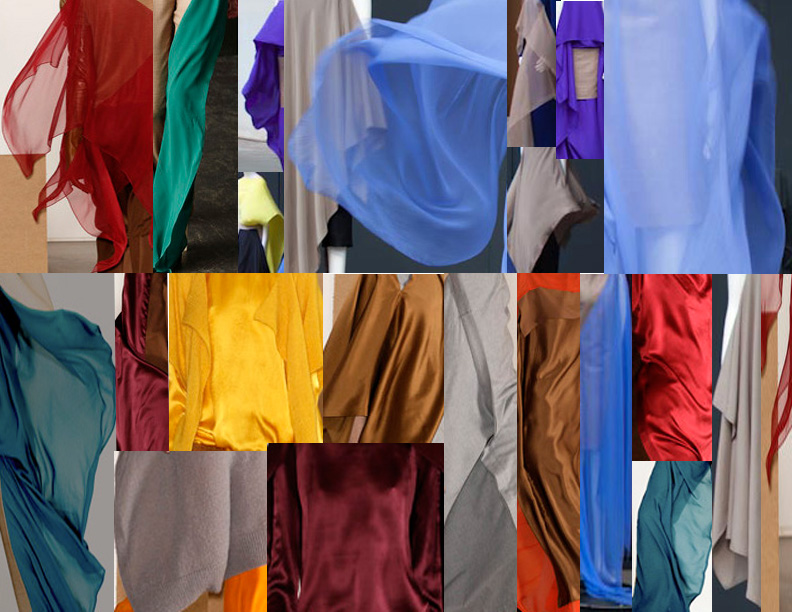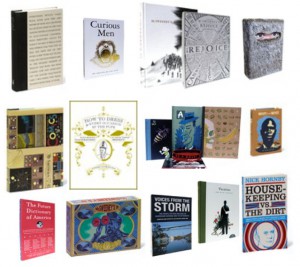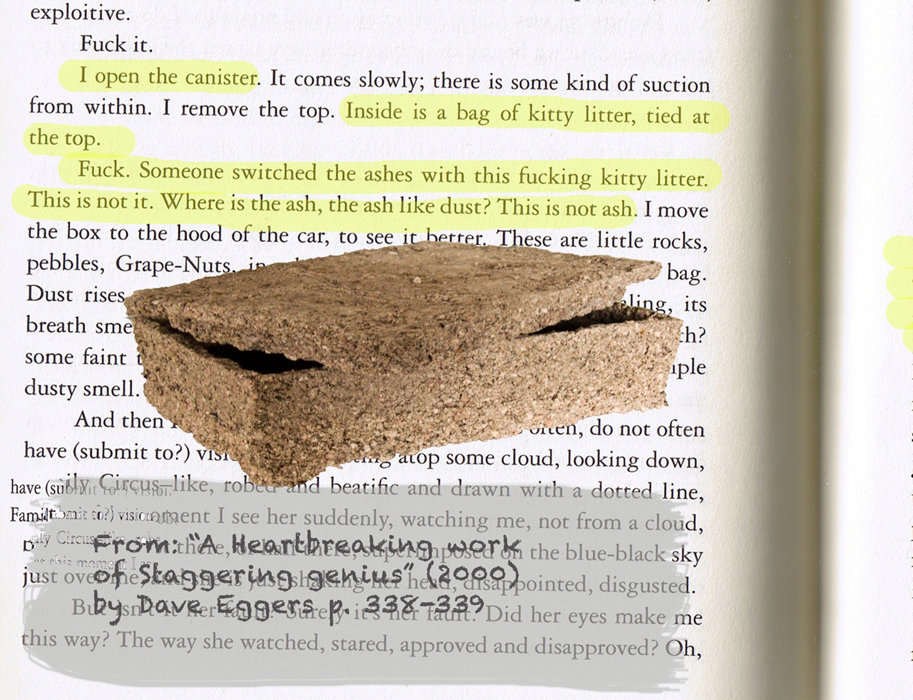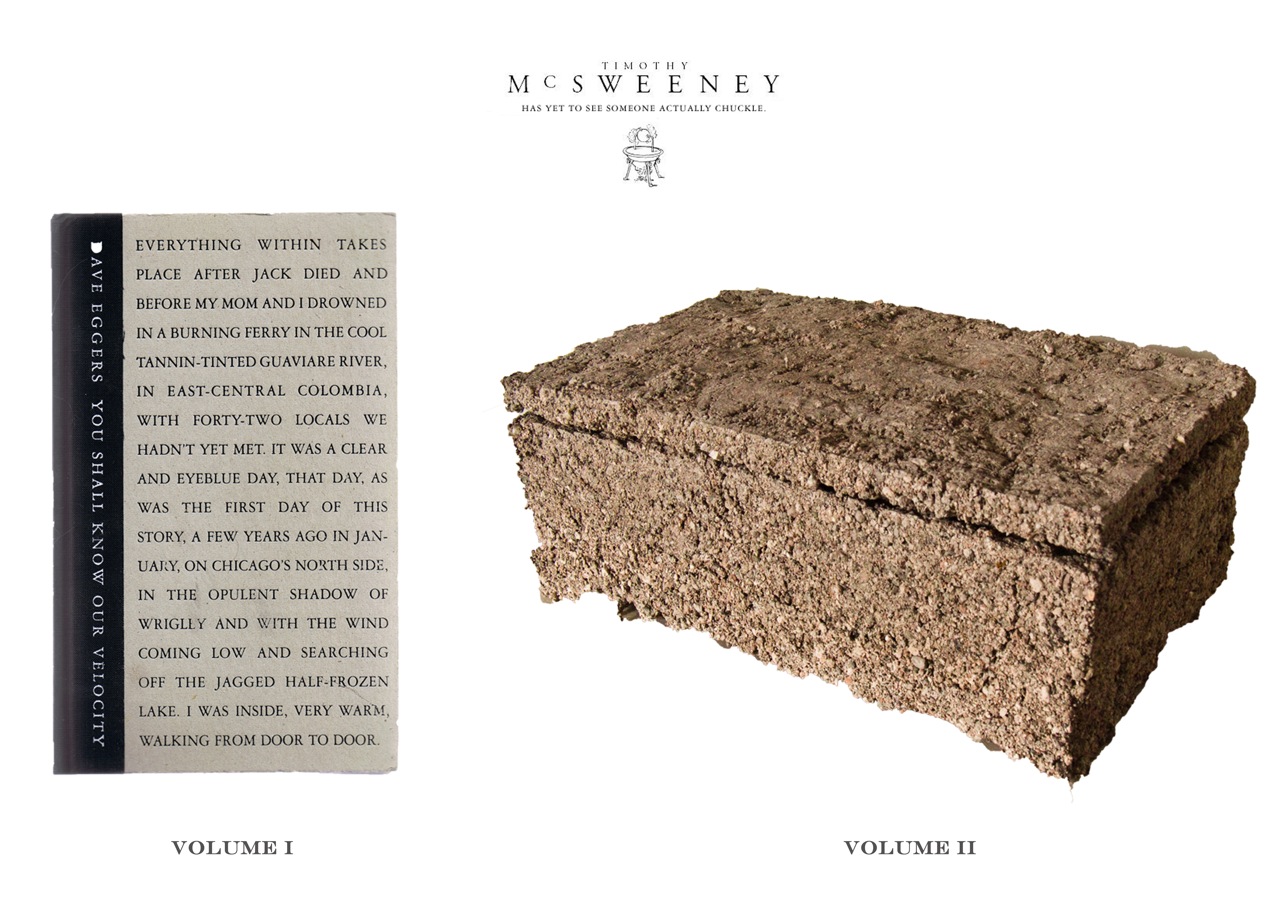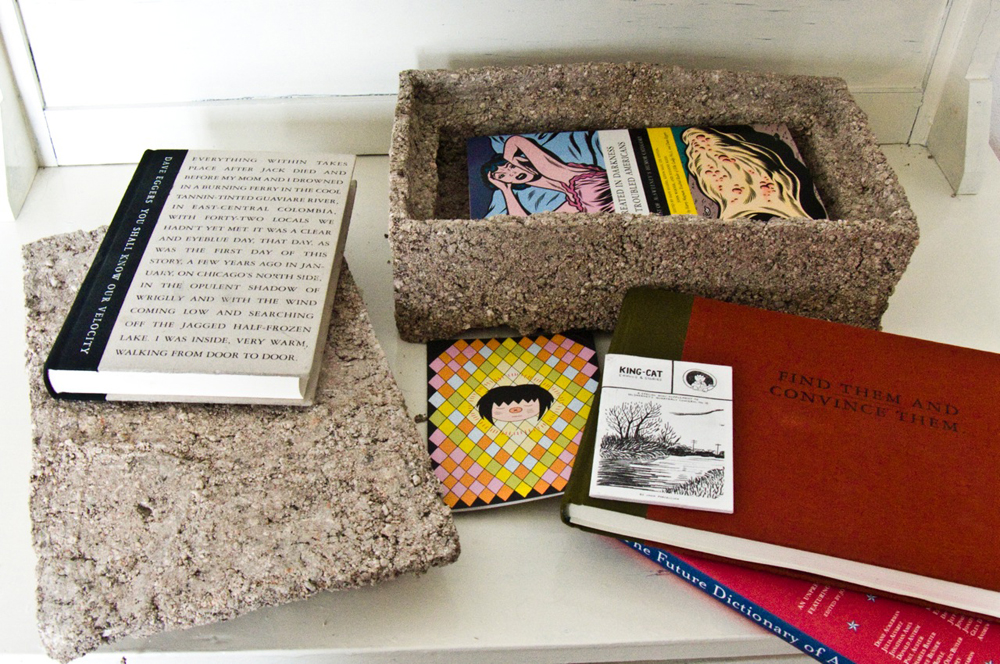Probably the most fascinating part of the work of fashion designers Niels Klavers and Astrid van Engelen, is the special role given to the deliberate choice of material as the main ingredient of the design, which influences and shapes the garment (as they describe in the short video/interview Dutch Profile: Klavers Van Engelen). And what particularly fascinates me is the material referred to as the decisive factor of the final product and I will try to describe how the fabric becomes such a strong and inspirational object. The Designers` concept is based on this approach and it is evident that they want the fabric to get its own independent life when it is worn by the model. It moves and creates its peculiar visual spectacle. That is why the designers Klavers and Engelen said that one cannot capture the whole of the design in a still picture as there is way more to see beyond the precise recorded instance of a shot. And there I can insist on the importance of those few minutes (ephemeral but also intensively documented) of the fashion show as the playground where the garments can perform. However, the shots are essential as they represent the source that the wide public can see. The selected audience that get the chance to attend the show, is thrilled by the wild appearance of the fabric while it is exposed in its most adventurous moment.
Coming from an art school, which apparently creates a different starting point compared to the background of other foreign fashion designers that studied at a regular fashion schools. These designers start working conceptually until the ideas develop naturally into an autonomous form. I recognize in this the “fingerprint” of the Gerrit Rietveld academy style that shapes the way of working and thinking, in the same way we, basic year students are educating our own visual language during these years of studying at the academy. What really surprised me is the manner in which the designers managed to implement all the practices that I see everyday in school, in such a rich and fulfilling way. Although their first garments were more constructivist and conceptual, they later developed into more wearable collections that keep the same tactility of the pure form and material.
Seeing the work as if it is an enchanted talisman that is liberated as soon as it gets out of the stiff folding on the closet shelve, it also becomes a way of dealing with and approaching the material. I could add almost with respect not afraid to explore all its opportunities to the maximum. The moment that the fabric is released from the packaging, it suddenly becomes that creature that reflects light and communicates with the person that animates it. They treat the material as a living source that inspire their creations and give shape to the final products. Even though the designers try to keep the shape as simple as possible (sometimes just a rectangular piece of fabric with a cut), it still is very open for so many options and highly rich in its visuals, while the person can choose her/his own way of wearing it. That is why I may add that the delicate choice of the fabric as the raw material for the product, is indeed very beautiful in itself and carefully highlight every time when the garment is put into motion. The material speaks by itself determination the strictly sensory way of perceiving it at first glance when the audience is fascinated by that ”what it can do”.
“And it doesn’t move gently either, it becomes wild. The reaction we often hear is: have you seen how that moves! Wow, it`s amazing!” The choice of material is very important. The swishing and swirling of an animated garment is so very different then if it were captured in the photo”
The idea of the piece of clothing moving wildly and captivating the viewer is fascinating. I keep imagining a bond created between the designer and the fabric but also between the person wearing it and the clothing item.
What is this relationship based on? Is it exclusively sensory or more than that? From my own experience, when I visited The Fashion Foam and saw the first Klavers van Engelen design , I was captivated by that intense dark blue and the way the garment that they presented, more like a sculpture than a piece of clothing. It raised questions of what it may be and how it would look on a model or if I would have it in my hands. At first there is this very instinctive urge to touch it to see how it feels and then wondering and imagining how it would look like in another environment. Furthermore, what does it mean that it is presented in this way? I like the challenging way of exhibiting a fashion design that it almost detach from the wearable part but anyway, brings it back to its original meaning because of the context and space it is displayed in.
In conclusion, I would like to come back to my main reflective point which is the material choice in relation with Klavers van Engelen designs. “The fabric is our starting point and the most recent collections have evolved from the horizontal.” Their approach is quite simple and doesn’t involve pattern making or a lot of sketching but rather a hands-on way of working. What is important is the exploration of the material by researching all its opportunities and on top of all, the relation with the human body. Wrapping the fabric around the body and see what shape it gets is the easiest way of getting to know what they are looking for. The fabric has its own language that is translated visually as soon as it is wrapped around the model.
“You can tie a square around your hips and you have a skirt, that`s the simplest approach, but what other options are there for creating a form.”
